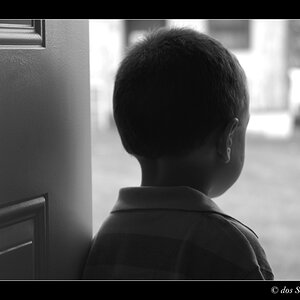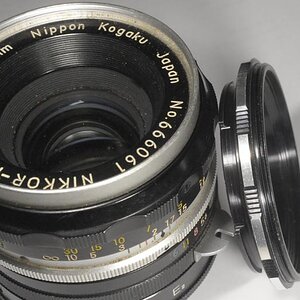ArmoredPersonel48698
TPF Noob!
- Joined
- Aug 23, 2009
- Messages
- 29
- Reaction score
- 0
- Location
- Pinehurst, NC
- Website
- davidalphin.com
- Can others edit my Photos
- Photos NOT OK to edit
Well, I own a Nikon D60, and I want to get into Macro photography, especially insect marco stuff. I'm on a budget, but this doesn't have to be any time soon. I'm looking for a good macro lens as well as a macro flash unit to go with it. Comments on Nikon's macro lenses? And if you do discuss a different lens, please make sure you link me to it. Oh, and a flash unit idea would be nice.
Currently looking at:
AF Micro-NIKKOR 60mm f/2.8D from Nikon
and
R1C1 Wireless Close-Up Speedlight System from Nikon
Currently looking at:
AF Micro-NIKKOR 60mm f/2.8D from Nikon
and
R1C1 Wireless Close-Up Speedlight System from Nikon


 I didn't quite mean for you to literally use two at once, although you could, with great creativity. The flash bracket Gryphon suggests is a great idea, though I've never used one. It was just an illustration to how overly expensive the R1C1 package is.
I didn't quite mean for you to literally use two at once, although you could, with great creativity. The flash bracket Gryphon suggests is a great idea, though I've never used one. It was just an illustration to how overly expensive the R1C1 package is.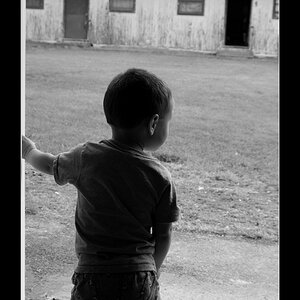
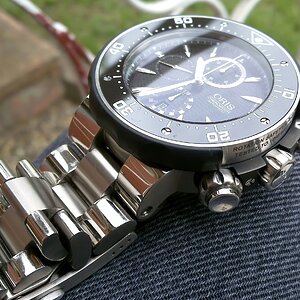

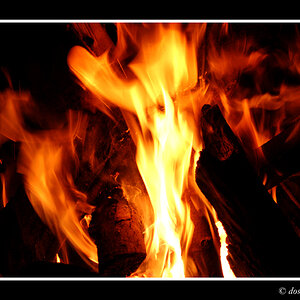
![[No title]](/data/xfmg/thumbnail/42/42034-6262420ff3ea238f05395bbcc7ae1f28.jpg?1619739985)
![[No title]](/data/xfmg/thumbnail/42/42468-f720ff996eb9cc6554c0019901223156.jpg?1619740193)
![[No title]](/data/xfmg/thumbnail/42/42015-c5cdef195e2aab7b272f0c03437c42c4.jpg?1619739978)

![[No title]](/data/xfmg/thumbnail/42/42466-109a1021e2f0f132abfd74e1a6e39444.jpg?1619740192)
![[No title]](/data/xfmg/thumbnail/32/32710-b10dfc8ee698235cdc1e7572139173e8.jpg?1619735614)
